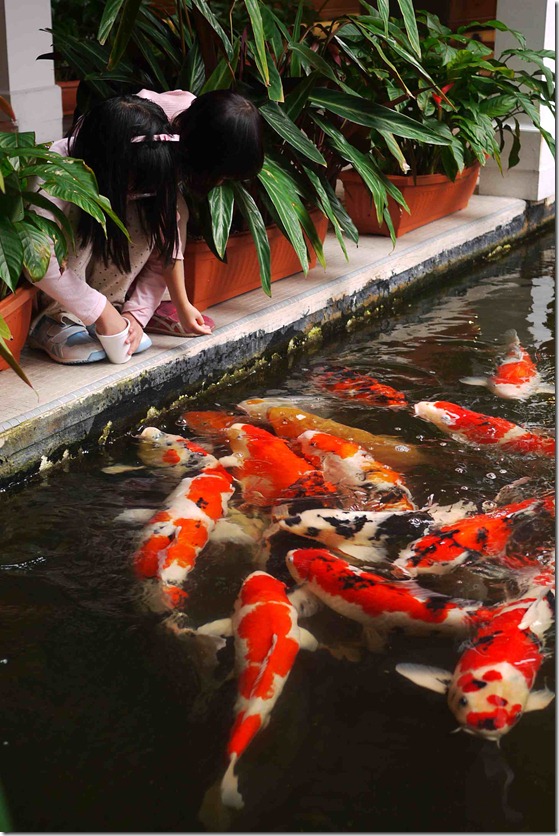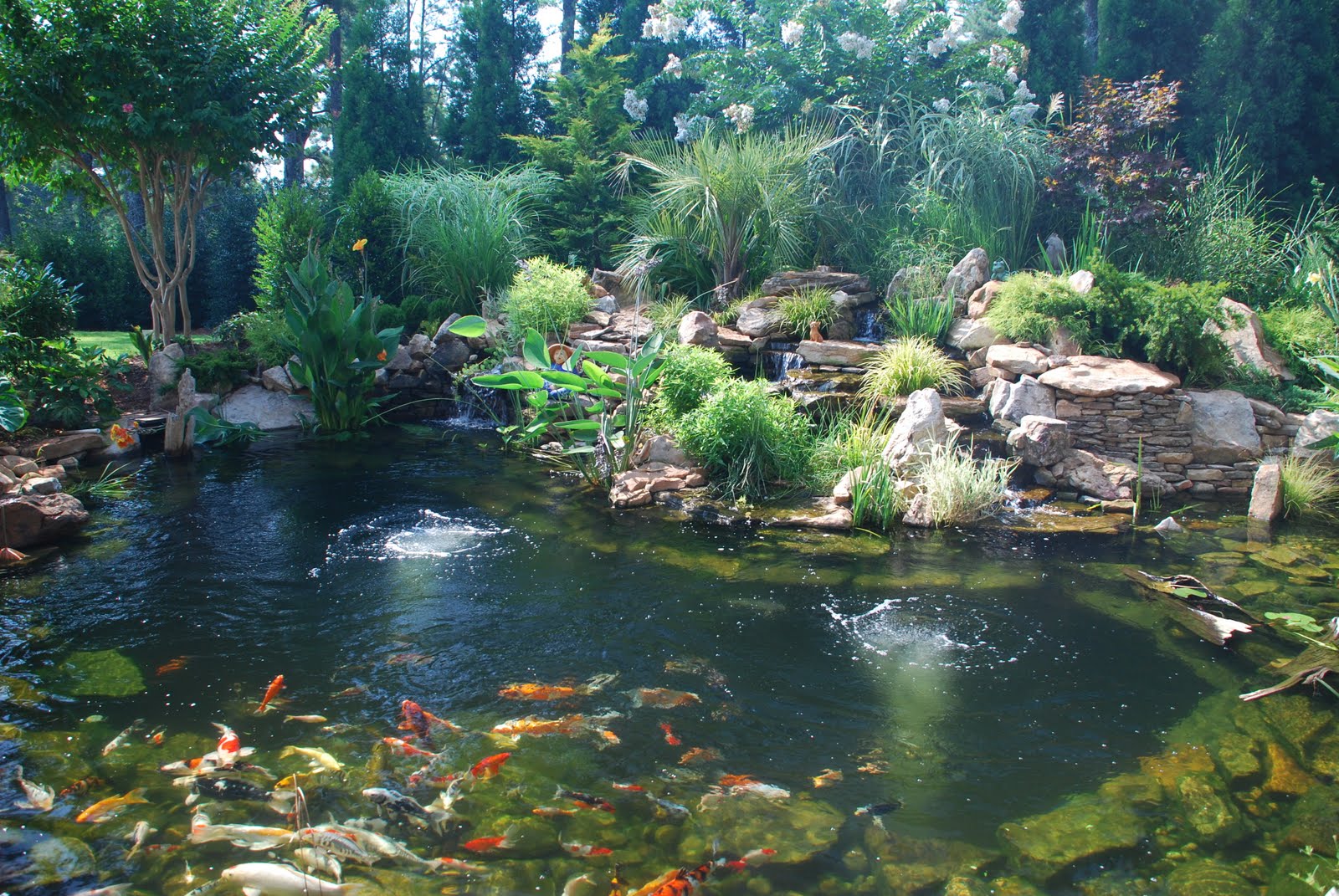
Winterize Koi Pond: A Complete Guide to Keep Your Koi Fish Happy and Safe in Winter
Introduction
Winter can be a challenging time for koi pond owners. As the temperature drops, it can be hard to keep their beloved fish happy and healthy. It’s easy for pond owners to assume that their koi would be fine through the winter, but this is far from the truth. Without proper winterization, koi can suffer and even die due to the harsh winter conditions. In this guide, we’ll show you how to winterize your koi pond and ensure your fish stay happy and healthy throughout winter.
Why Winterizing Your Koi Pond is Important
Koi fish are not native to cold climates. As a result, they’re particularly vulnerable during winter. When the temperature drops below a certain point, koi can suffer from hypothermia, which can lead to sickness, disease, and even death.
Winterizing your koi pond is the process of preparing your pond and fish for the harsh conditions that winter can bring. It’s essential to take appropriate measures to keep the water temperature stable and your fish healthy throughout the colder months.
How to Winterize Your Koi Pond
Clean Your Pond and Filter
The first step in winterizing your koi pond is to start with a clean pond. Remove any fallen leaves, debris, and excess food. A dirty pond can create an unhealthy environment for the fish.
Next, you should clean your filter. A clean filter will ensure that your water quality is high, and your fish will be healthy throughout winter. You can use a filter brush or a pressure washer to clean your filter.
Reduce The Feeding Schedule
During winter, koi fish’s digestive systems slow down, and they need less food. Overfeeding your fish can cause health problems and poor water quality. Therefore, reduce the feeding frequency and quantity for your koi during the winter season.
Install a Pond Heater
Pond heaters are essential to maintain a stable and healthy environment for koi during the winter season. They help keep the water temperature above freezing and prevent ice formation that can trap harmful gases and create oxygen-depleted areas.
Make sure to choose the right size pond heater for your pond. A rule of thumb is to provide at least 100 watts of heating power for every 1000 gallons of water. For ponds located in colder regions, you may need to use a larger heater.
Install a Pond Cover
A pond cover helps to reduce heat loss and prevents debris from falling into the pond. It also prevents predators from attacking your koi fish.
You can use a variety of materials to construct a pond cover, such as plywood, clear plastic, or netting. Make sure to avoid using non-porous materials like tarpaulins that can trap gases and create poor water conditions.
Add Extra Aeration
Aeration is essential all year round, but it’s particularly important during winter when oxygen levels can deplete more quickly. Adding extra aeration will help keep your koi healthy by ensuring that there’s plenty of oxygen in your pond.
Conclusion
Winterizing your koi pond is essential to keep your fish happy and healthy during the winter season. By following the steps outlined in this guide, you can ensure that your pond is ready for the colder months. Remember to always monitor your pond’s water quality and temperature regularly, and make adjustments as necessary.






